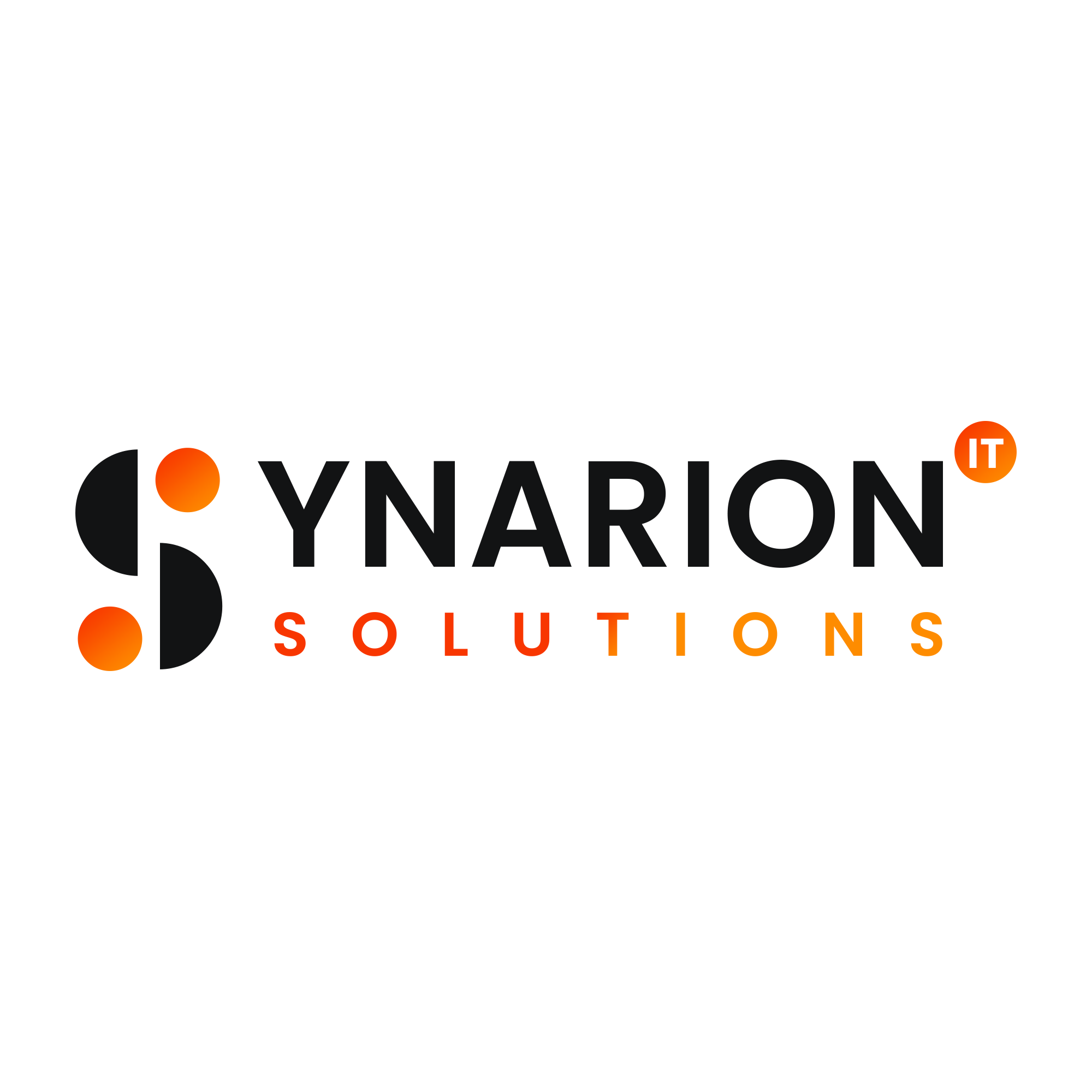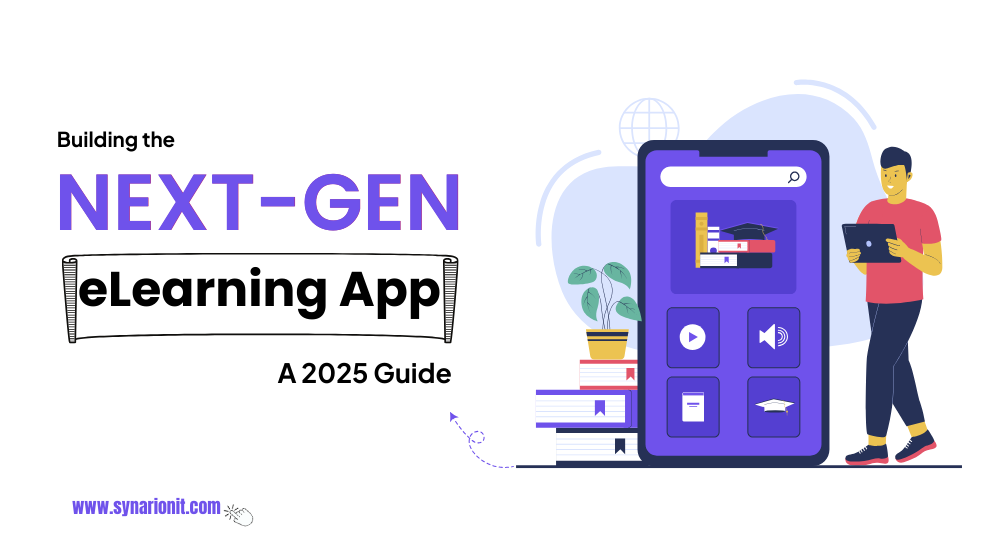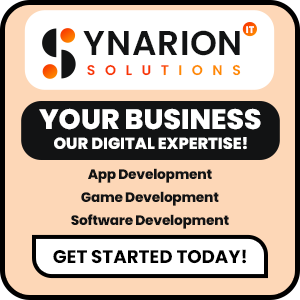In today’s digital age, education is no longer confined to classrooms—it’s evolving through screens, apps, and global access. Without education, there would be no Artificial Intelligence, no Machine Learning, no advanced applications, and certainly no digital transformation. It is the foundation upon which innovation stands. As technology reshapes the way we learn, eLearning portals have become powerful tools to deliver knowledge anytime, anywhere.
The demand for online learning platforms is growing rapidly, driven by the need for flexible, cost-effective, and accessible education solutions. Whether you’re a startup, educator, or enterprise, building a successful eLearning portal in 2025 requires more than just great content—it demands a deep understanding of user experience, cutting-edge features, and scalable technology.
This comprehensive guide covers everything you need to know: from understanding the core features of a learning management system (LMS) to the step-by-step development process, revenue models, UI/UX essentials, integration of AI tools, and more. If you’re aiming to launch a robust, engaging, and profitable eLearning platform, this guide is your blueprint.
eLearning App Types That Are Reshaping Modern Education
- K-12 Education Apps
- Higher Education Apps
- Corporate Training Apps
- Professional Development Apps
- Language Learning Apps
- Test Preparation Apps
- Skill Development Apps
- Creative Arts Learning Apps
- Healthcare & Medical Training Apps
- Legal Education Apps
- Programming & IT Training Apps
- Business & Entrepreneurship Apps
- Personal Development & Wellness Apps
- MOOC (Massive Open Online Course) Platforms
- Virtual Classrooms & Online Tutoring Apps
Why You Should Invest in eLearning App Development Today
The education sector is rapidly evolving, and digital transformation is at the forefront of this change. Investing in eLearning app development today is not just a trend—it’s a smart business move that can unlock numerous benefits. Here’s why:
Growing Demand for Online Learning
The demand for online education is skyrocketing, driven by factors like flexible learning schedules, accessibility, and the global shift toward digital. According to recent studies, the global eLearning market is expected to surpass $375 billion by 2026. This growth presents a significant opportunity for businesses and educational institutions to cater to a broader, more diverse audience.
Scalability and Flexibility
eLearning apps offer unparalleled scalability. Whether you’re starting with a few courses or planning to expand to a global platform, these apps are built to grow with your business. Additionally, the flexibility of digital learning allows for continuous updates and modifications to the content, ensuring your platform stays relevant and engaging.
Cost-Effectiveness
Traditional learning systems often come with high operational costs—classroom setups, instructors, printed materials, and travel expenses. eLearning apps, however, reduce these costs significantly by offering a digital platform that can reach thousands of learners with minimal overhead. This makes eLearning an attractive, sustainable solution in the long run.
Personalized Learning Experience
With the help of advanced algorithms and AI, eLearning apps can offer personalized learning paths tailored to each student’s needs. Whether it’s adjusting difficulty levels, offering targeted quizzes, or suggesting resources, a personalized experience enhances engagement and improves learning outcomes.
Global Reach
The power of eLearning apps lies in their ability to connect people globally. By creating an app that can be accessed from anywhere, you can provide education to individuals regardless of their geographical location. This global reach opens doors to new markets and untapped audiences.
Analytics and Data-Driven Insights
eLearning apps collect a wealth of data on user behavior, course progress, and learning outcomes. This data provides valuable insights into how learners are engaging with the content, allowing you to refine the curriculum and improve the overall learning experience.
Monetization Opportunities
eLearning apps open up various monetization channels. From subscription models and pay-per-course options to offering premium content and certifications, there are multiple ways to generate revenue while providing value to your users.
Investing in eLearning app development today allows you to tap into the booming digital education market, offer scalable and flexible learning solutions, and provide cost-effective education that meets the needs of modern learners.
The Blueprint for Developing a Successful eLearning App
Define Your Target Audience
Before diving into the development process, it’s essential to identify who your app is for. Are you targeting K-12 students, college students, professionals looking for skill development, or perhaps a niche market like healthcare or legal education? Understanding your audience’s preferences, learning goals, and challenges will shape the app’s features and design.
Set Clear Learning Objectives
What do you want your users to achieve? Establish clear learning objectives for your app. Whether it’s completing a series of lessons, gaining specific skills, or earning a certification, these goals will help determine the structure and content of your app. Clear objectives also ensure that users have a roadmap to follow, which increases engagement and completion rates.
Choose the Right Technology Stack
The technology you choose to build your education app is crucial for performance, scalability, and future updates. Consider:
Frontend Technologies: HTML5, React, Angular, or Vue for a responsive, dynamic user experience.
Backend Technologies: Node.js, Ruby on Rails, or Django for fast performance and scalability.
Cloud Hosting: AWS, Google Cloud, or Azure to manage your app’s data, content, and storage efficiently.
Database Management: MySQL, MongoDB, or PostgreSQL for managing user data, course content, and progress tracking.
Focus on User Experience (UX) Design
An intuitive and visually appealing user interface (UI) is key to retaining users. When designing your app:
Keep it Simple: A clean, easy-to-navigate design makes learning seamless.
Mobile-First Design: Ensure that your app is fully responsive and optimized for mobile devices, as many users will access it via smartphones.
Interactive Elements: Include features like quizzes, gamified learning elements, and interactive videos to boost user engagement.
Include Essential Features
To build a truly effective eLearning app, you need to incorporate the following features:
User Profiles: Allow users to create profiles, track progress, and set learning goals.
Course Management System: Organize courses into modules with interactive lessons, videos, and assessments.
Multimedia Support: Include rich media like videos, audio, and images to make learning more engaging.
Gamification: Integrate points, badges, and leaderboards to motivate learners.
Offline Mode: Allow users to access content even without an internet connection, which is especially important for mobile users.
Push Notifications: Keep users engaged with reminders, updates, and new course releases.
Incorporate Personalized Learning Paths
One of the standout features of modern eLearning apps is the ability to offer personalized learning experiences. Utilize algorithms or AI to:
Assess learners’ progress and adapt content based on their performance.
Recommend courses or additional resources based on users’ interests and goals.
This ensures that each learner has a unique and relevant experience that keeps them motivated and on track.
Ensure Scalability and Security
As your user base grows, your app needs to scale accordingly. Make sure to:
Optimize the backend infrastructure to handle increasing numbers of users.
Implement robust security measures to protect users’ data, including encryption, secure authentication, and compliance with privacy regulations (like GDPR or HIPAA for healthcare-related apps).
Monetization Strategies
Monetizing your eLearning app requires careful planning. Some common strategies include:
Freemium Model: Offer basic content for free, with premium features (like certifications, advanced courses, or exclusive content) available for a fee.
Subscription-Based Model: Charge users a monthly or yearly subscription for access to all content.
Pay-per-Course Model: Charge users for individual courses or certifications.
Test and Optimize
Testing is an ongoing process. Conduct user testing throughout the development stages and after launch to gather feedback and improve the app. Regularly update the app with new content, features, and fixes to keep users engaged and ensure that it continues to meet their needs.
Launch and Market Your App
Once your app is ready, it’s time to launch. Ensure you have a solid marketing strategy in place:
Leverage social media: Build a presence on platforms where your target audience hangs out.
SEO and Content Marketing: Optimize your app’s website and content to attract organic traffic.
Collaborate with Influencers or Educational Institutions: Reach out to influencers or schools and universities to promote your app.
Best eLearning Apps Used by Students Worldwide
- Khan Academy
- Coursera
- Duolingo
- Udemy
- edX
- Google Classroom
- Byju’s
- Unacademy
- Skillshare
- Quizlet
- LinkedIn Learning
- Brilliant
- Udemy
- Vedantu
- Brainly
- Photomath
- FutureLearn
- Simplilearn
- Great Learning
- Physics Wallah
- upGrad
- Skillshare
- ELSA Speak
- Kahoot!
- IXL
- Seesaw
- Prodigy
- Elevate – Brain Training
- Lynda.com
- Remind
- Alison
- TED-Ed
- Educate
- Math Games
- EduRev Exam Preparation
Frequently Asked Questions [FAQ’S]
What is the cost of developing an eLearning app or portal?
The development cost can range from $20,000 to $100,000+, depending on factors like complexity, features, platform (Android/iOS/Web), technology stack, and location of your development team. Advanced features like AI personalization or AR/VR integration will increase the cost.
How long does it take to build a full-fledged eLearning platform?
On average, it takes 6 to 12 months to build a scalable and feature-rich eLearning platform, including stages like planning, design, development, testing, and deployment.
What are the must-have features in an eLearning portal?
Some key features include:
- User Registration & Profiles
- Course Management System
- Video Lectures & Multimedia Content
- Quizzes & Assessments
- Certification
- Progress Tracking
- Live Classes / Chat Support
- AI-based Personalized Learning Paths
Can I integrate third-party tools like Zoom or Google Meet for live classes?
Yes, most modern eLearning portals support integration with third-party APIs for live video conferencing, including Zoom, Google Meet, Microsoft Teams, and others.
Is it necessary to use AI in an eLearning app?
While not mandatory, AI can significantly enhance user engagement by offering personalized learning experiences, smart recommendations, adaptive testing, and content optimization.
How can I monetize my eLearning platform effectively?
Popular monetization models include:
- Freemium (free + premium content)
- Subscription plans
- Pay-per-course
- Corporate training packages
- Affiliate marketing
- Sponsored content or ads






What do you think?
It is nice to know your opinion. Leave a comment.